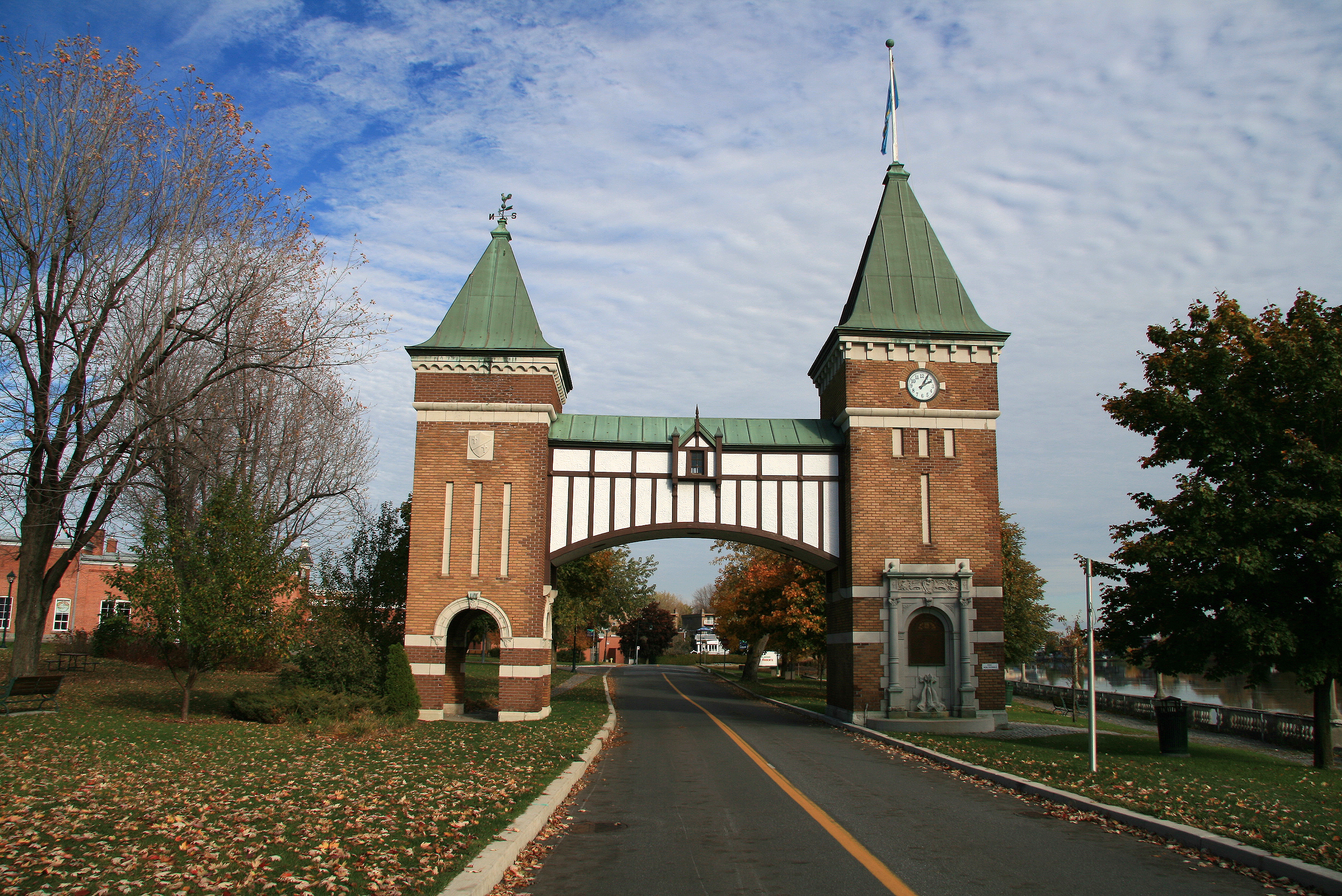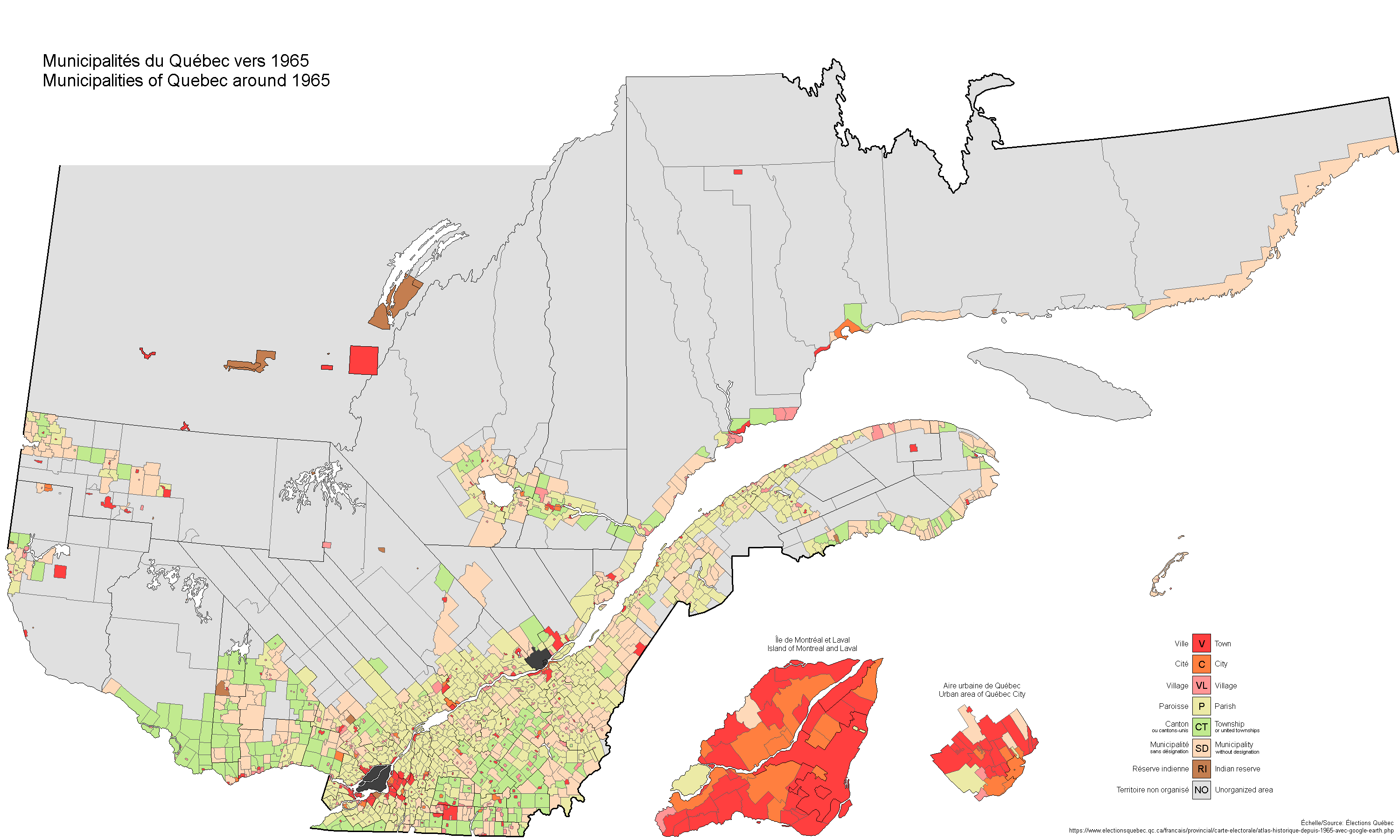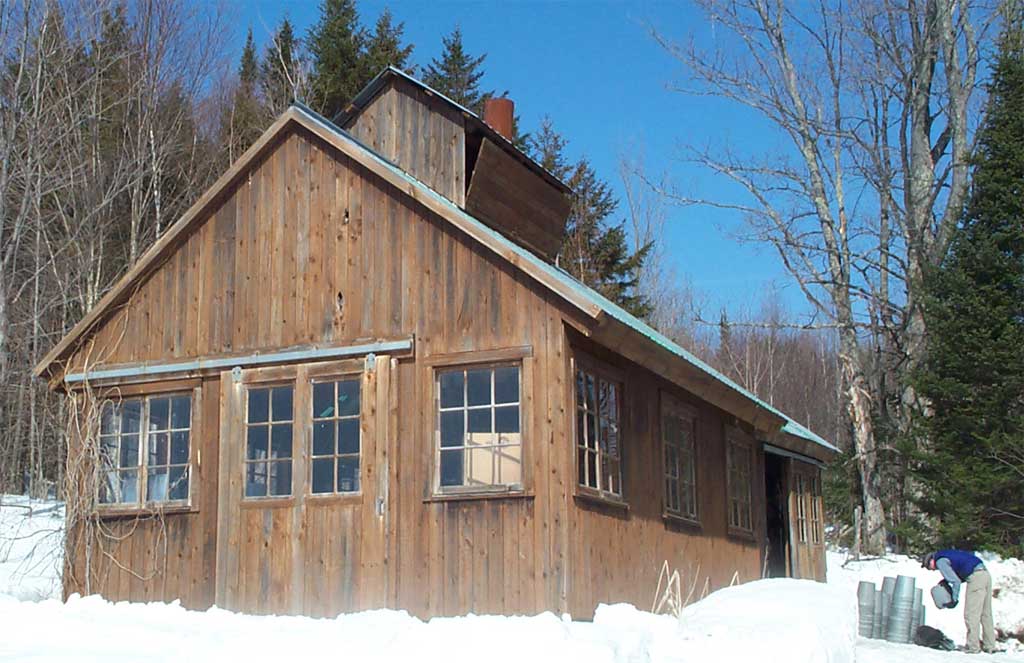|
Rougemont, Quebec
Rougemont is a municipality in the Canadian province of Quebec, located within the Rouville Regional County Municipality in the Montérégie region about 18 kilometers southwest of Saint-Hyacinthe. The population as of the Canada 2011 Census was 2,723. While it is known for its apple orchards and sugar shacks, Rougemont is also the location of Mont Rougemont and Rougemont Airport. Demographics Population Population trend: (+) Amalgamation of the Parish of Saint-Michel-de-Rougemont and the Village of Rougemont on January 26, 2000. Language Mother tongue language (2006) Education The South Shore Protestant Regional School Board previously served the municipality.King, M.J. (Chairperson of the board).South Shore Protestant Regional School Board (St. Johns, PQ). ''The News and Eastern Townships Advocate''. Volume 119, No. 5. Thursday December 16, 1965. p. 2. Retrieved from Google News on November 23, 2014. See also *List of municipalities in Quebec __FORCETOC_ ... [...More Info...] [...Related Items...] OR: [Wikipedia] [Google] [Baidu] |
Municipality (Quebec)
The following is a list of the types of local and supralocal territorial units in Quebec, including those used solely for statistical purposes, as defined by the Ministry of Municipal Affairs, Regions and Land Occupancy and compiled by the Institut de la statistique du Québec. Not included are the urban agglomerations in Quebec, which, although they group together multiple municipalities, exercise only what are ordinarily local municipal powers. A list of local municipal units in Quebec by regional county municipality can be found at List of municipalities in Quebec. Local municipalities All municipalities (except cities), whether township, village, parish, or unspecified ones, are functionally and legally identical. The only difference is that the designation might serve to disambiguate between otherwise identically named municipalities, often neighbouring ones. Many such cases have had their names changed, or merged with the identically named nearby municipality sinc ... [...More Info...] [...Related Items...] OR: [Wikipedia] [Google] [Baidu] |
Saint-Hyacinthe, Quebec
Saint-Hyacinthe (; French: ) is a city in southwestern Quebec east of Montreal on the Yamaska River. The population as of the 2021 Canadian census was 57,239. The city is located in Les Maskoutains Regional County Municipality of the Montérégie region, and is traversed by the Yamaska River. Quebec Autoroute 20 runs perpendicular to the river. Saint-Hyacinthe is the seat of the judicial district of the same name. History Jacques-Hyacinthe Simon dit Delorme, owner of the seigneurie, started its settlement in 1757. He gave his patron saint name (Saint Hyacinth the Confessor of Poland) to the seigneurie, which was made a city in 1850. St. Hyacinth's Cathedral is the seat of the Roman Catholic Diocese of Saint-Hyacinthe. It was erected in 1852. 2001 merger As part of the 2000–06 municipal reorganization in Quebec, on 27 December 2001, the city of Saint-Hyacinthe amalgamated with five neighbouring towns (listed here with their populations as of 2001): * Saint-Hyacinthe (3 ... [...More Info...] [...Related Items...] OR: [Wikipedia] [Google] [Baidu] |
Municipal History Of Quebec
The municipal history of Quebec started in 1796 with the creation of administrations for Montréal and Quebec City, but it really developed immediately prior to the creation of the Province of Canada in 1841 with the formation of municipal districts, followed in March 1845 when the Parliament of the Province of Canada adopted an Act to create local authorities in Lower Canada which took effect in July 1845. The structure was abolished and replaced in September 1847 by a system of county municipalities, whose councillors were elected from the parishes and townships existing therein, with provision for the creation of towns and villages that would be separated from their counties. Further reform came into effect in July 1855 for all parts of Lower Canada other than Montreal, Quebec City and Saint-Hyacinthe, which included provision for the creation of local councils for parishes and townships, the representation of towns and villages on county councils, and the formation of towns ... [...More Info...] [...Related Items...] OR: [Wikipedia] [Google] [Baidu] |
List Of Municipalities In Quebec
__FORCETOC__ Quebec is the second-most populous province in Canada with 8,501,833 residents as of 2021 and is the largest in land area at . For statistical purposes, the province is divided into 1,282 census subdivisions, which are municipalities and equivalents. Quebec's 1,218 municipalities include 87 regional county municipalities at the supralocal level and 1,131 local municipalities ( of its census subdivisions). Generally, most local municipalities, as well as some unorganized territories, are nested within regional county municipalities. The 1,218 municipalities are directly responsible for the provision of public transit, fire protection, potable water, water purification, and waste management services to its residents. They also share responsibility with the province in the provision of housing, road networks, police protection, recreation and culture, parks and natural spaces, and land use planning and development. Below the regional county municipality lev ... [...More Info...] [...Related Items...] OR: [Wikipedia] [Google] [Baidu] |
Google News
Google News is a news aggregator service developed by Google. It presents a continuous flow of links to articles organized from thousands of publishers and magazines. Google News is available as an app on Android, iOS, and the Web. Google released a beta version in September 2002 and the official app in January 2006. The initial idea was developed by Krishna Bharat. The service has been described as the world's largest news aggregator. In 2020, Google announced they would be spending billion to work with publishers to create Showcases. History As of 2014, Google News was watching more than 50,000 news sources worldwide. Versions for more than 60 regions in 28 languages were available in March 2012. , service is offered in the following 35 languages: Arabic, Bengali, Bulgarian, Cantonese, Chinese, Czech, Dutch, English, French, German, Greek, Hebrew, Hindi, Hungarian, Italian, Indonesian, Japanese, Kannada, Korean, Latvian, Lithuanian, Malayalam, Norwegian, ... [...More Info...] [...Related Items...] OR: [Wikipedia] [Google] [Baidu] |
The News And Eastern Townships Advocate
The ''News and Eastern Townships Advocate'' is a newspaper based in Saint-Jean-sur-Richelieu, Quebec Quebec ( ; )According to the Government of Canada, Canadian government, ''Québec'' (with the acute accent) is the official name in Canadian French and ''Quebec'' (without the accent) is the province's official name in Canadian English is ... started on January 27, 1848. The headquarters for the paper were destroyed in 1942 during a fire, which resulted in the loss of the building and files documenting the company's early history. The paper was originally named ''The Missisqoui News and Frontier Advocate'' and was based in Phillipsburg, Ontario, but was moved to St Johns in 1850 and renamed to ''Frontier, Advocate''. References English-language newspapers published in Quebec {{Canada-newspaper-stub ... [...More Info...] [...Related Items...] OR: [Wikipedia] [Google] [Baidu] |
South Shore Protestant Regional School Board
The South Shore Protestant Regional School Board (SSPRSB) was a Protestant Christian school district in Greater Montreal, Quebec, Canada. It served the South Shore (Montreal), South Shore region and it was headquartered in St. Lambert. The district operated elementary and secondary schools that served students from the St. Lawrence School Board and the South Centre School Board areas. The Richelieu Valley School Board operated its own elementary schools but secondary students from that board attended South Shore. In 1967 the board of education of the school district had nine members. One of the ''Working papers on English language institutions in Quebec'' of 1982, by Alliance Québec, stated that the district was one of the first in North America to create a language immersion program targeting Anglophone students. History The school board was formed in 1965.MacLeod, Roderick and Mary Anne Poutanen. ''A Meeting of the People: School Boards and Protestant Communities in Quebec, 180 ... [...More Info...] [...Related Items...] OR: [Wikipedia] [Google] [Baidu] |
Rougemont Airport
This is a list of airports in Quebec. It includes all Nav Canada certified and registered water and land airports, aerodromes and heliports in the Canadian province of Quebec. Airport names in are part of the National Airports System. __TOC__ List of airports and heliports The list is sorted by the name of the community served; click the sort buttons in the table header to switch listing order. Defunct airports See also * List of airports in the Montreal area References {{DEFAULTSORT:Airports In Quebec Quebec Quebec ( ; )According to the Canadian government, ''Québec'' (with the acute accent) is the official name in Canadian French and ''Quebec'' (without the accent) is the province's official name in Canadian English is one of the thirtee ... Lists of buildings and structures in Quebec ... [...More Info...] [...Related Items...] OR: [Wikipedia] [Google] [Baidu] |
Sugar Shack
A sugar shack (french: cabane à sucre), also known as sap house, sugar house, sugar shanty or sugar cabin is a commercial establishment, primarily found in Eastern Canada and northern New England. Sugar shacks are small cabins or groups of cabins where sap collected from sugar maple trees is boiled into maple syrup. They are often found on the same territory as the sugar bush, which is intended for cultivation and production of maple syrup by way of craftsmanship (as opposed to global mass production factories built for that purpose in the 20th century). Syrup production Historically, sugar shacks were developed through a combination of Native American and European innovations. French explorer and colonist Pierre Boucher described observing indigenous peoples making maple sugar in 1664. Maple sugar fabrication was introduced to New France by settlers of Swiss and Norman French origin during the 17th century. Their goal was the production of syrup for trade or sale, and f ... [...More Info...] [...Related Items...] OR: [Wikipedia] [Google] [Baidu] |


